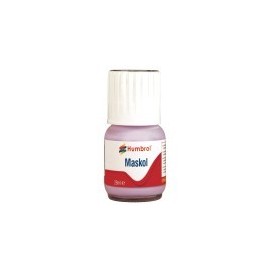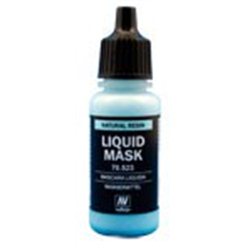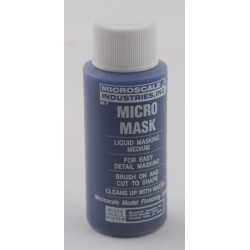Sand pipes on a steam locomotive are essential components used to improve traction, especially under slippery...
No products
Product successfully added to your shopping cart
There are 0 items in your cart. There is 1 item in your cart.
Search Tips
Christmas and New Year
We are dispatching orders every weekday apart from Christmas Day, Boxing Day and New Year's Day.
If you select next day delivery at checkout, please note deliveries are not made on public holidays or Sundays.
The shop in Sandown is open 23rd and 24th December, then closed from 25th December, reopening on 30th December.
How do I use Micro Mask?
The principle is quite straightforward: as you are painting your figure or model there may be parts that you don't want to have to retouch if your brush should slip or take on a mind of its own. It is like masking tape but in liquid form.
Simply brush the Micro Mask on the dried painted area that you want to avoid getting paint on. The mask is a liquid that will turn to a rubbery type substance.
When you have finished and all the paint is dry, simply pull off the rubber mask. This will expose the painted area previously covered and the paint will be intact and no bleed over from the other colour.
Please note Micro Mask is designed to work with solvent based paints such as enamel paint, rather than water-based paints such as acrylic.
Click here to receive the tips weekly in your mailbox. You can unsubscribe at any time.










